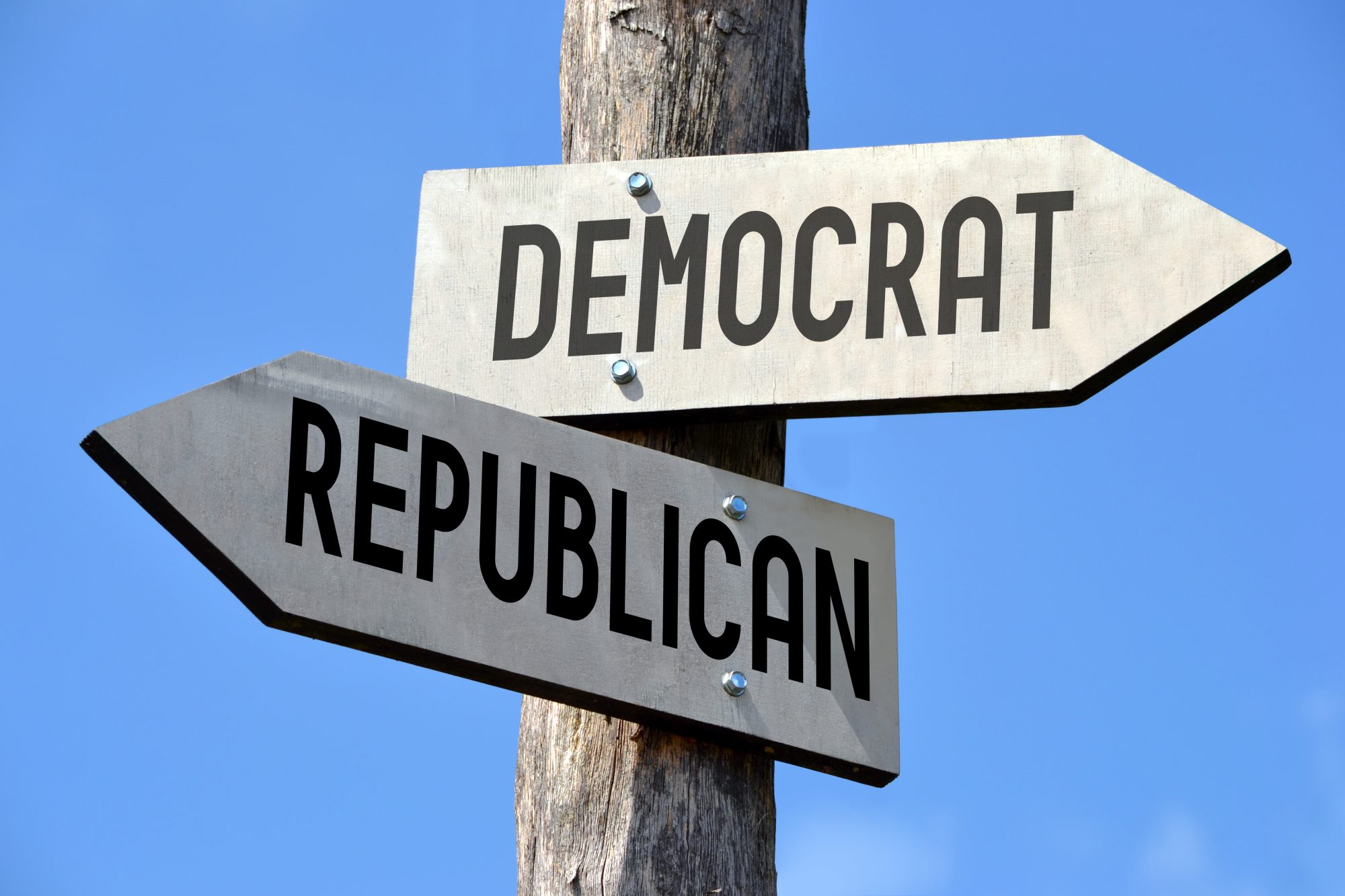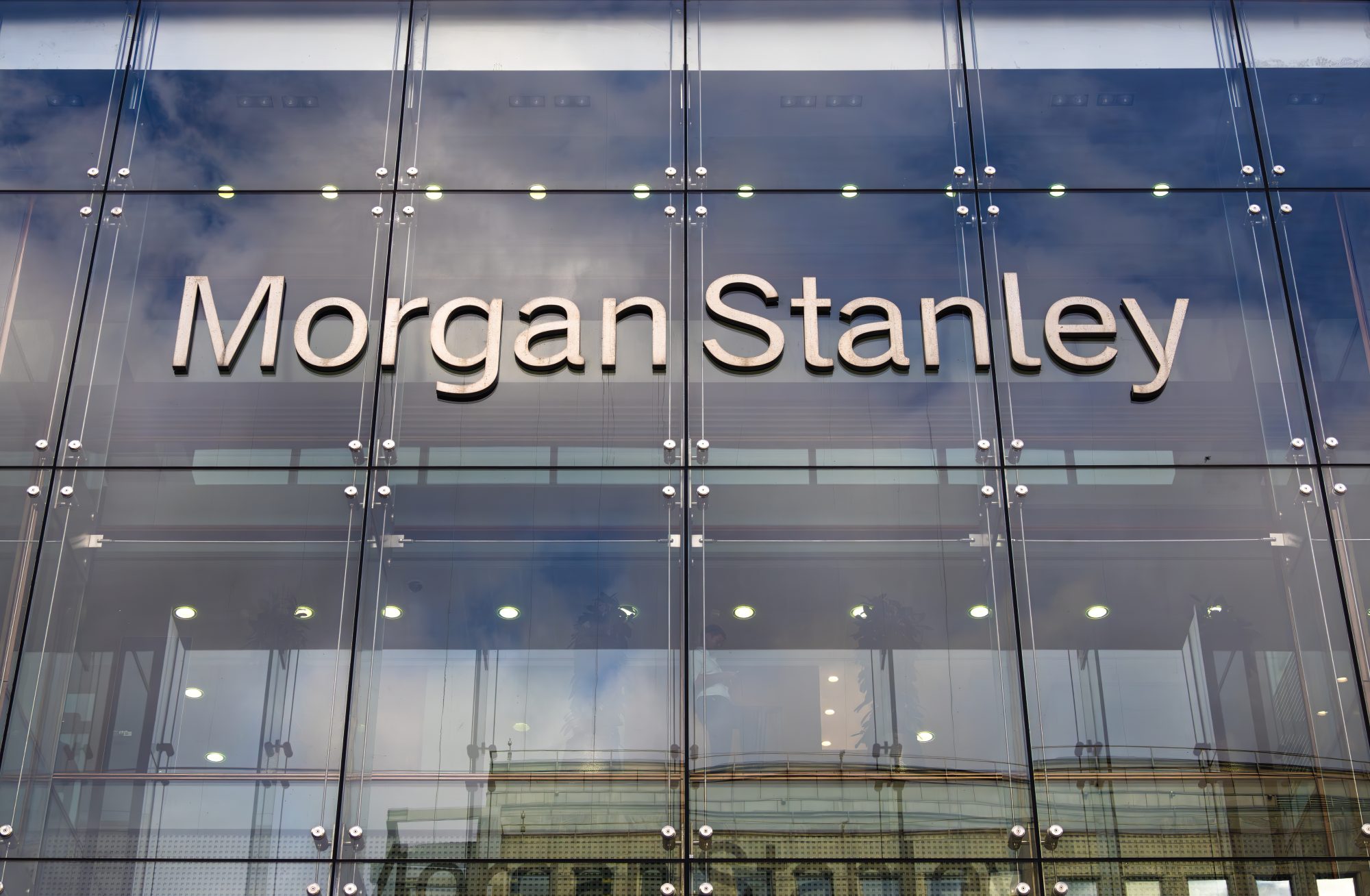In his podcast addressing the markets today, Louis Navellier offered the following commentary.
Housing Bubble Pricked
As you have repeatedly heard, the Fed never fights market rates, so if Treasury yields continue to moderate, then the FOMC has to stop raising key interest rates.
January has been characterized by weak economic news, like (1) slowing wage growth, (2) the ISM service index slipping into a contraction after expanding for 30 straight months, and (3) decelerating consumer price inflation due largely to moderating rental and housing costs (i.e., owner’s equivalent rent).
Q4 2022 hedge fund letters, conferences and more
The Fed knew that by raising key interest rates that it “pricked” the housing bubble. Existing home sales have fallen for several straight months and median home prices have been falling since July. Since owners' equivalent rent is a major component in both the Consumer Price Index (CPI) and Personal Consumption Expenditure (PCE) indices, the Fed has succeeded in squelching housing-related inflation.
Elusive Earnings Growth
With interest rate concerns now diminishing, the stock market can now finally focus on earnings growth, and there lies a problem since positive earnings growth remains elusive due to difficult year-over-year comparisons as well as sputtering economic activity.
Bullish On Crude Oil
The strongest sectors remain Primary Metals (i.e., specialty steel) and Energy. Already, one of my steel stocks, Commercial Metals (CMC), recently announced better-than-expected quarterly results and provided positive guidance. Energy companies are forecast to post the strongest earnings, despite low natural gas prices due to mild winter weather.
However, crude oil prices typically rise in the spring due to strong seasonal demand, so $100 per barrel of crude oil is very likely and $120 per barrel of crude oil could occur if there is another disruption from Russia or OPEC.
There are several reasons that I remain bullish on crude oil. First, China is reopening its economy and approved international air travel after a 3-year hiatus from its Covid restrictions, so it just boosted the amount of crude oil refiners could import.
Second, the Biden Administration released approximately 180 million barrels of crude oil from the Strategic Petroleum Reserve (SPR) in 2022, but those SPR releases of up to 1 million barrels a day of light sweet crude have abruptly ceased in 2023 since the SPR is now at a four-decade low.
Third, crude oil demand always rises in the spring as people in the Northern Hemisphere get out and about, since there are more people in the Northern Hemisphere versus the Southern Hemisphere, worldwide demand rises in the spring and peaks in the summer months.
Coffee Beans
Despite a 65 percent jump in box office earnings last year, the movie industry still has a long way to go in its recovery from the Covid-19 shock. At an estimated total of $7.5 billion, the North American box office had the third worst year since 2000, still trailing 2019 box office earnings by 33 percent. Source: Statista. See the full story here.













